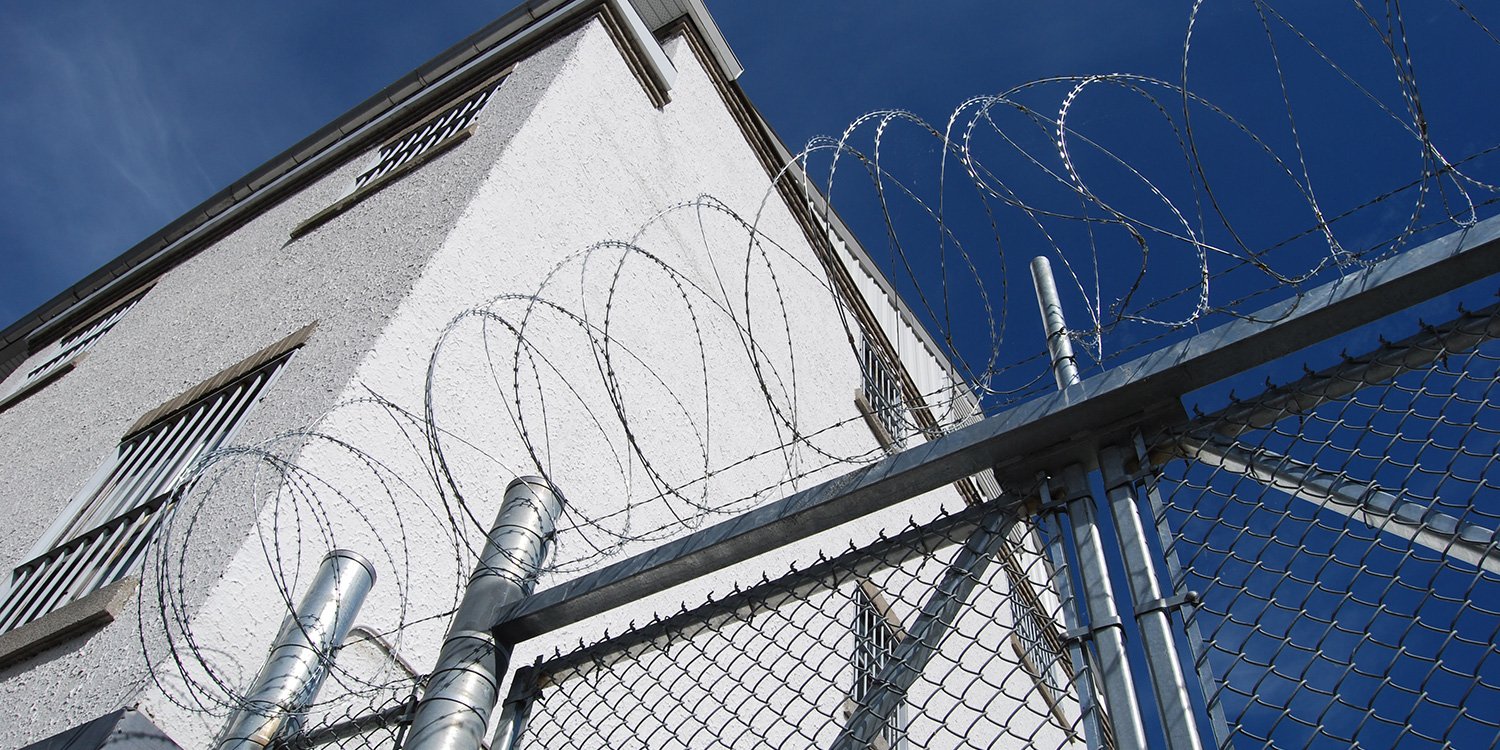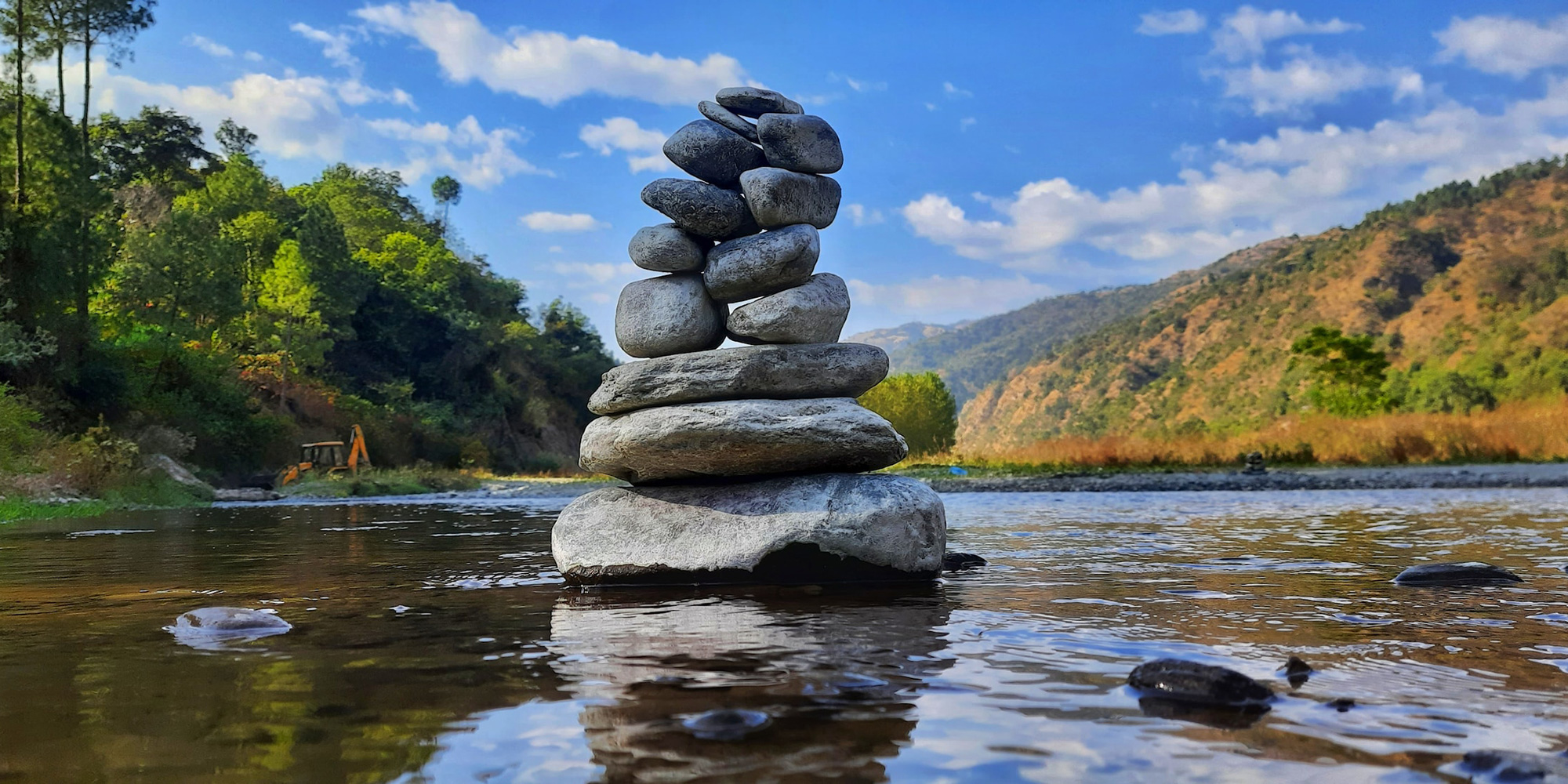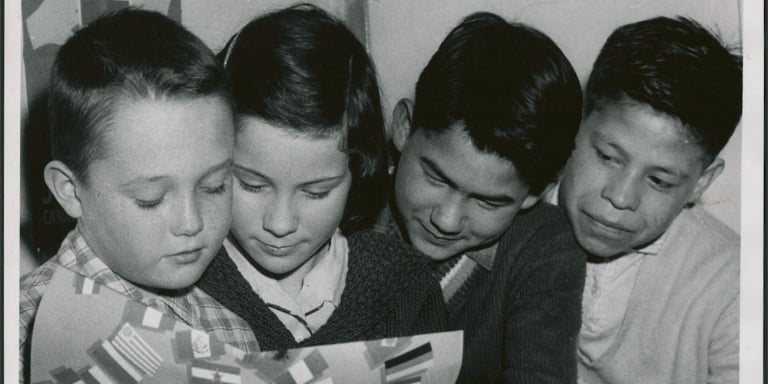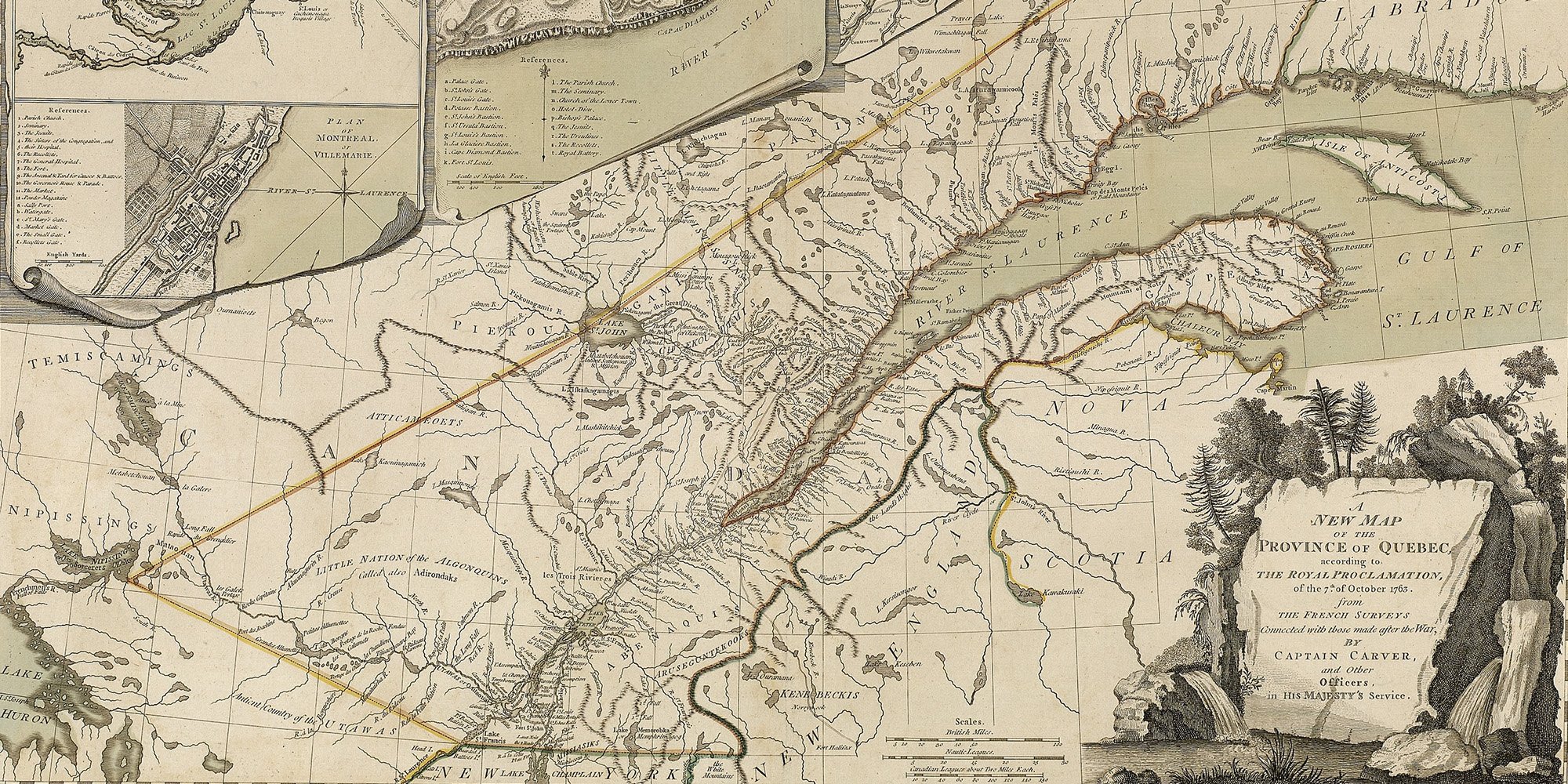Smudging to Indigenous Protocol - Our Top 10 Articles in 2017
In 2017, we had just over 816,000 visitors to our blog Working Effectively with Indigenous Peoples® looking for information on a wide variety of...

Indigenous people account for less than five percent of the Canadian population, yet represent 25 percent of the total inmate population. Canada is not alone, however, in having an over-representation of Indigenous inmates. In Australia and New Zealand, the rate of incarceration of Indigenous people is also disproportionately high.
These three countries share another pertinent commonality - all three have a history of colonization. Additionally, in all three countries, the Indigenous population is a minority, and generally speaking, experiences poor living conditions, poverty, lower educational achievement, and lower employment rates.
In Canada, for over 140 years, Indigenous Peoples have been controlled and constrained by the policies of the Indian Act, which was originally written with assimilation in mind.
...we have been pampering and coaxing the Indians; that we must take a new course, we must vindicate the position of the white man, we must teach the Indians what law is; we must not pauperise them, as they say we have been doing.
Prime Minister John A. Macdonald, 1885
The Indian Act is frequently considered the primary underlying factor to the high rate of Indigenous offenders. The Act drove the dislocation of people from their land, segregation from mainstream society onto reserves which limited economic and educational opportunities, the outlawing of their cultures and traditions, and the forcible removal of children from their families and communities and placing them in residential schools.
The native crime that I saw seemed to spring out of spontaneous rage and fury, as if the heart and mind had been one long-smouldering fire that had finally been ignited into an explosion. The planning, the conspiracies, the calculated risk, the cool and deliberate scheming that characterize so many white crimes are usually absent from the average native pattern. In fact, many native crimes occur in bars, or at parties, or in the middle of the street, and often in the middle of the day when all the world is around to see. There is nothing hidden about them. The offender has no hope of avoiding detection, no hope of getting away with it. There is in much native crime a terrible element of self-destruction, a certitude of punishment to follow, a hopeless despair, and a loathing of self. No one who felt his or her life was worth living would act in this way. [1]
In the latter decades of the previous century, it became clear that the criminal justice system was failing Indigenous Peoples.
In 1996 Parliament amended the Criminal Code to include a provision (Section 718.2(e)) specifically directing courts to exercise restraint, and to consider the particular situation of aboriginal persons as they formulated the sentence to be imposed for crimes committed by native offenders. [2]
In 1999, the Supreme Court of Canada went a step further and recognized the social, economic, and historical factors impacting Indigenous Peoples in the landmark R. v. Gladue (1999), and reaffirmed those factors in R. v. Ipeelee (2012).
To be clear, courts must take judicial notice of such matters as the history of colonialism, displacement, and residential schools and how that history continues to translate into lower educational attainment, lower incomes, higher unemployment, higher rates of substance abuse and suicide, and of course higher levels of incarceration for Aboriginal peoples." (Justice LeBel for the majority in R. v. Ipeelee, 2012)
Correctional decision-makers must take into account Aboriginal social history considerations when liberty interests of an Aboriginal offender are at stake (e.g. security classification, penitentiary placement, community release, disciplinary decisions). These Gladue factors include:
- Effects of the residential school system.
- Experience in the child welfare or adoption system.
- Effects of the dislocation and dispossession of Aboriginal peoples.
- Family or community history of suicide, substance abuse and/or victimization.
- Loss of, or struggle with, cultural/spiritual identity.
- Level or lack of formal education.
- Poverty and poor living conditions.
- Exposure to/membership in, Aboriginal street gangs” [3]
Gladue rights apply to all Indigenous people: status or non-status Indians, First Nations, Métis, or Inuit; whether they live on-reserve or off-reserve, or in an Indigenous community or a non-Indigenous community; and if they were adopted out and raised by a non-Indigenous family.
Gladue Reports inform the judge about the personal circumstances of the offender, including impacts of colonialism, and can contain background information such as:
In theory, every criminal court in Canada is required to consider Gladue rights when sentencing an offender who self-identifies as an Indigenous person. In some jurisdictions, Gladue rights must also be considered at bail hearings. They don’t apply during the trial so do not affect the way in which the accused is determined to be guilty or innocent.
Gladue Reports have not been the “fix” the judicial system was looking for in terms of diverting Indigenous offenders away from incarceration.
Here are a few of the issues:
Some jurisdictions are now offering Gladue Report writing training. In the Yukon, for example, in early 2018, a three-year pilot project was launched to formalize and standardize the process of writing Gladue reports.
[1] Lisa Hobbs Birnie, A Rock and a Hard Place: Inside Canada’s Parole Board (Toronto: Macmillan, 1990), p. 205
[2] Law Now, Aboriginal Offenders, January 15, 2016
[3] Factors Impacting Over-representation of Aboriginal People in Corrections Office of the Correctional Investigator
Featured photo: Kingston Penitentiary, Kingston, Canada, Photo: Unsplash

In 2017, we had just over 816,000 visitors to our blog Working Effectively with Indigenous Peoples® looking for information on a wide variety of...

The term “Sixties Scoop” refers to the period from 1961 through to the 1980s that saw an astounding number of Indigenous babies and children...

1 min read
National Indigenous Peoples History Month is a time to acknowledge the history of Indigenous relations and Indigenous Peoples in Canada....